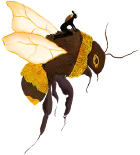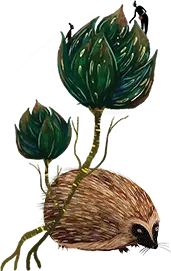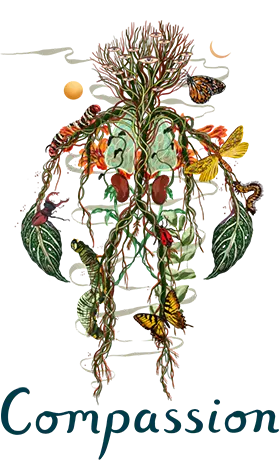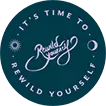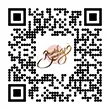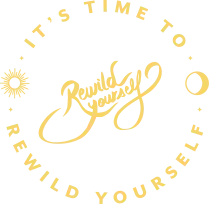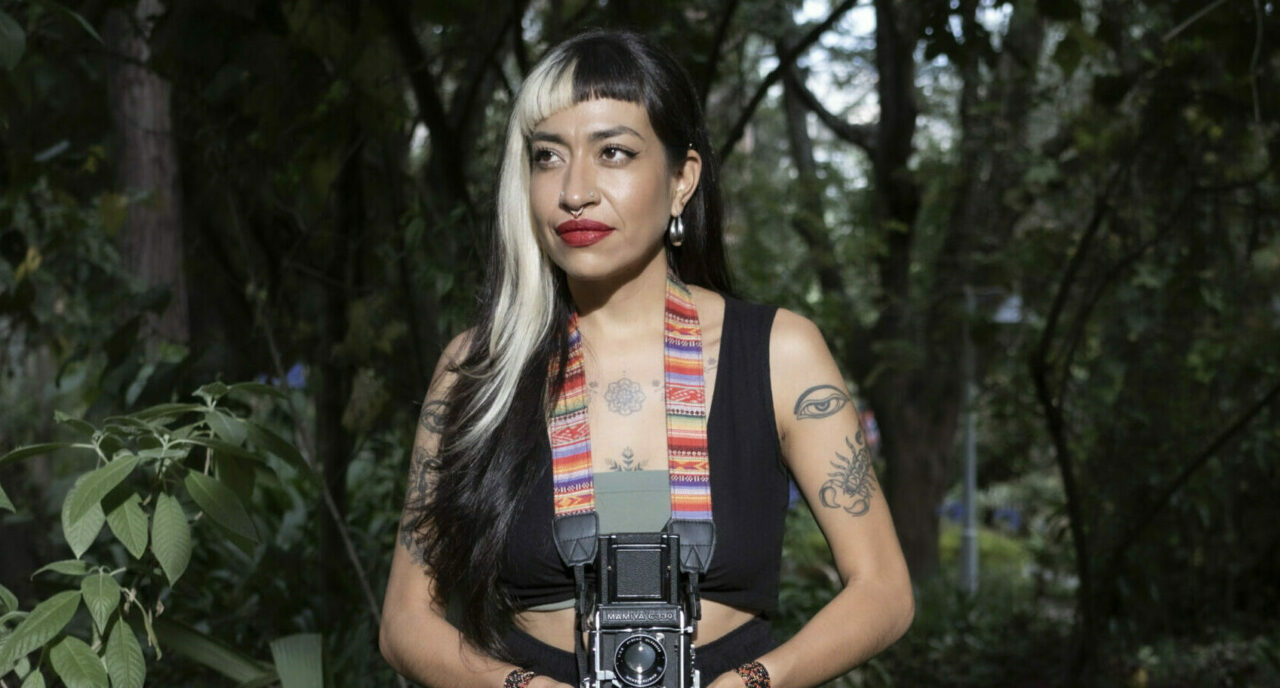
In conversation with Tatiana Lopez
As part of her ongoing work with the Sapara people in her homeland Ecuador, and other indigenous peoples, Tatiana is invariably somewhere deep in the rainforest, or traveling up-river in a solar powered canoe. So we felt lucky to grab some time chatting with her over Zoom last week, during a moment between trips.
As a visual anthropologist Tatiana Lopez gently embeds herself in the experiences of others, in an attempt to respectfully and cooperatively learn with her ‘subjects’, rather than extract from them. From these experiences, she creates visceral work, exploring both the spiritual and physical, making the intangible visible and encouraging a positive relationship with the natural world upon which we rely.
We hope you enjoy our conversation, which delves into dreams, deep connections with Nature, Tatiana’s experience with the Sapara people and her research philosophy. Tatiana is a generous interviewee, full of thoughtful consideration and an infectious nature to explore and learn with open arms and mind.
Watch separate clips from the interview below or visit Tatiana’ profile to watch the full interview and find links to other content and information.
Connecting to Nature and dreams
Tatiana discusses the importance of dreams in her work and the way she uses them to connect with nature and her ancestors, a practice shaped by her experience living with the Sapara people of Ecuador. It’s a concept she explores beautifully in her work “In Between Dreams the Forest Echos the Song of the Burning Anaconda”.
Working with the Sapara community
The Sapara are an indigenous people native to the Amazon rainforest, living along the border of Ecuador and Peru. They have a very close and spiritual relationship with the natural world, based on reciprocity and stewardship. Tatiana recounts the story of how she suddenly found herself living within the community, her research and experience, the greatest lessons learned from them, and future plans for her work.
Co-creating with indigenous communities
Tatiana demonstrates different ways that research can be done, believing that sometimes rules can be broken. Previously, it’s been thought that the anthropologist, or the person doing the research, has the knowledge, and is the only person that’s right. But Tatiana explains how collaborative storytelling can open things up, incorporating the experience of the people who are participating and creating something far richer for both as a result. She also shares barriers encountered along the way, and considers what has been key to the success that she has had.

Join Our Community...
Sign up for stories, tips and inspiration from around the globe.
